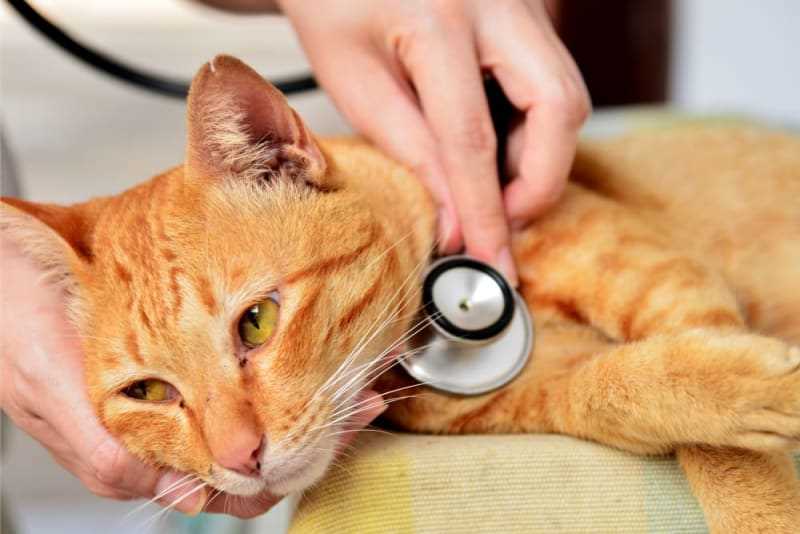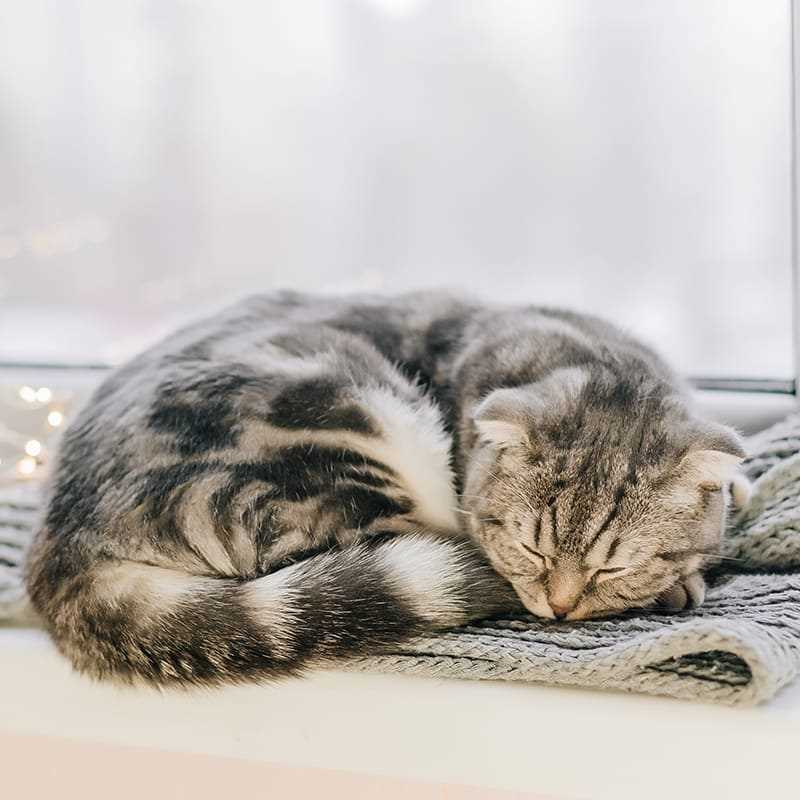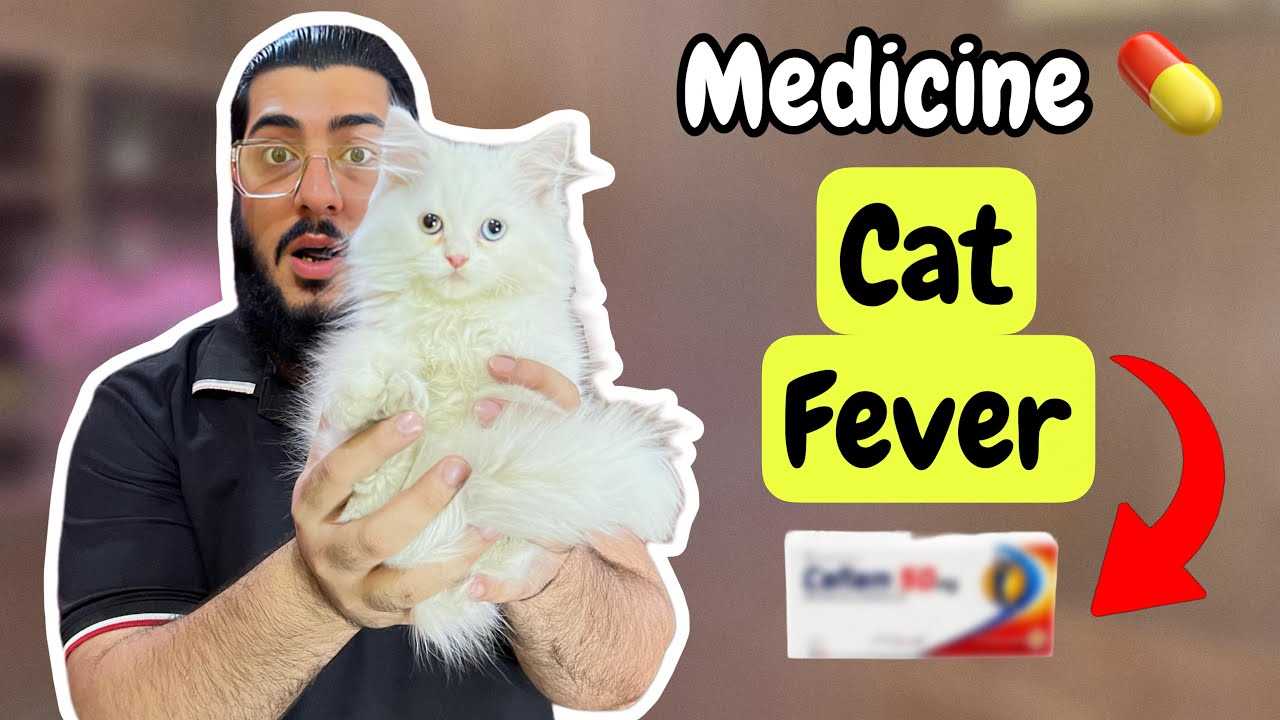To help restore comfort, ensure hydration by providing fresh water at all times. Encourage sipping by using a shallow bowl or a pet water fountain, which can be more appealing than standard dishes.
Monitor the environment carefully. A cool, quiet space is vital for recovery. Limit exposure to heat sources and maintain a comfortable room temperature, as extreme conditions can exacerbate discomfort.
Regularly check temperature using a digital thermometer designed for pets. A reading above 102.5°F (39.2°C) warrants attention. If the reading exceeds 103°F (39.4°C), consult a veterinarian for further guidance and possible interventions.
Observe behavioral changes closely. Lethargy, loss of appetite, or unusual vocalizations may indicate distress. Keeping a log of symptoms can aid in discussions with a veterinary professional.
Administer medications only after consulting a vet. Over-the-counter remedies can be harmful, and a tailored plan from a specialist is crucial for safe recovery.
Administering Care for Elevated Body Temperature

First, ensure a calm environment. Place me in a cozy, quiet space, away from distractions. Stress can worsen the situation.
Monitor my temperature. A typical reading is between 100.5°F and 102.5°F. If it exceeds this range, consult a vet.
Hydration is key. Provide fresh water and encourage drinking. Dehydration can exacerbate health issues.
Diet adjustments may be necessary. Offer light, easily digestible foods. Consider wet food to increase moisture intake.
Rest is crucial. Allow me to sleep and recuperate without interruption. A comfortable bed can aid in recovery.
Apply a cool, damp cloth to my paws and ears. This can help regulate body temperature without causing shock.
Avoid giving over-the-counter medications. Many human drugs are toxic to felines. Always consult a veterinarian before administering any treatment.
Regular check-ins are vital. Observe changes in behavior or appetite, and report these to my vet.
Lastly, maintain a log of symptoms and any treatments given. This information will assist the vet in providing the best care.
Identifying Symptoms of Fever in Cats
Look for signs like increased body temperature, which can be detected by a rectal thermometer, indicating a reading above 102.5°F. Pay attention if I seem more lethargic than usual or if I’m hiding away. A noticeable decrease in appetite or changes in drinking habits are also key indicators.
Watch out for shivering or a warm, dry nose, as these may suggest an elevated temperature. If I’m grooming less or my fur appears unkempt, it could signal discomfort. Monitor for unusual behaviors like excessive vocalization or aggression, which might indicate distress.
Be alert for any signs of dehydration, such as dry gums or skin that doesn’t bounce back when gently pinched. If I’m breathing rapidly or showing signs of abdominal discomfort, these could be serious symptoms worth discussing with a vet.
Measuring Your Feline’s Temperature Accurately
For precise readings, a digital thermometer is best. Rectal thermometers specifically designed for pets provide the most reliable results.
Follow these steps for accurate measurement:
- Gather necessary supplies: a digital thermometer, lubricant (like petroleum jelly), and treats for positive reinforcement.
- Ensure your companion is calm. A relaxed state leads to better results.
- Apply a small amount of lubricant to the thermometer tip.
- Gently lift the tail and insert the thermometer about one inch into the rectum. Hold it in place until it beeps.
- Remove the thermometer and read the temperature. Normal body temperature ranges from 100.5°F to 102.5°F (38.1°C to 39.2°C).
If you encounter resistance or your furry friend becomes stressed, pause and try again later. Consistency is key; always measure at the same time of day for comparison.
Consider alternative methods like ear thermometers, but note they may be less accurate. Always consult a veterinarian if you notice elevated readings.
Home Remedies to Help Lower a Cat’s Fever

Cool, damp cloths work wonders. Gently wipe my paws, ears, and belly to help reduce my temperature. Make sure the cloth isn’t too cold, just comfortably cool.
Hydration is key. Encourage me to drink water by offering fresh, cool water in a clean bowl. Adding a splash of low-sodium chicken broth can make it more appealing.
Rest is important. Provide a cozy, quiet spot where I can relax and recuperate. Reducing stress helps my body focus on healing.
Herbal remedies can be an option. A small amount of catnip may help soothe me. Always check with a vet before introducing any new herbs.
Room temperature adjustments can be beneficial. A fan or air conditioning can help create a comfortable environment, avoiding overheating.
Monitor my behavior closely. If I seem to be getting more restless or uncomfortable, it’s essential to seek veterinary assistance promptly.
When to Consult a Veterinarian for Cat Fever
If my temperature goes above 103.5°F (39.7°C), it’s time to see a veterinarian. Elevated body heat can indicate infections or other health issues requiring professional attention.
Observing the following signs should prompt a call to a vet:
| Symptom | Action |
|---|---|
| Persistent high temperature (>104°F / 40°C) | Immediate vet visit |
| Severe lethargy | Schedule an appointment |
| Loss of appetite for more than 24 hours | Consult a veterinarian |
| Vomiting or diarrhea | Seek veterinary advice |
| Coughing or difficulty breathing | Urgent veterinary care |
| Signs of pain or discomfort | Contact a vet |
In addition, if I’m showing unusual behavior or symptoms that last more than a day, don’t hesitate to reach out. Keeping track of my well-being is essential. Also, while managing my health, consider dental hygiene; using dental wipes for cats can help maintain my overall condition.
Medications Safe for Treating Feline Fever

Never give human medications like acetaminophen or ibuprofen; these can be lethal. Always consult a veterinarian for appropriate options. Some safe medications include:
Non-Steroidal Anti-Inflammatory Drugs (NSAIDs)
Approved NSAIDs for animals such as meloxicam or carprofen may help reduce elevated body temperature. Dosage must be determined by a vet based on weight and health status.
Antibiotics
If a bacterial infection is the cause, a veterinarian might prescribe antibiotics such as amoxicillin. Follow the prescribed course diligently to ensure the infection is fully addressed.
Hydration is crucial. Consider electrolyte solutions designed for pets if your furry friend is not drinking enough water. Always prioritize the guidance of a veterinarian before administering any medication. Regular check-ups help monitor health and adjust treatments as necessary.
Post-Treatment Care for Your Feverish Feline
Ensure your furry friend stays hydrated. Provide fresh water at all times and consider offering ice cubes or low-sodium chicken broth to encourage drinking. Monitor fluid intake closely; dehydration can complicate recovery.
Create a cozy, quiet space for rest. Soft bedding in a warm area helps promote comfort and healing. Limit disturbances from loud noises or other pets during this time.
Maintain a consistent temperature in your home. Avoid drafts or excessive heat, as both can impact recovery. A comfortable environment aids in restoring normal body temperature.
Keep an eye on appetite. Offer small, palatable meals to entice eating. If your furry mate refuses food for more than 24 hours, contact a veterinarian.
Monitor behavior closely. Changes in activity levels or signs of pain warrant immediate attention. Document any unusual occurrences to discuss with the vet.
Limit physical activity to avoid exertion while recovering. Gentle playtime can be introduced gradually once you notice improvement.
Follow up on any prescribed medications. Administer them exactly as directed to ensure effectiveness. If side effects occur, consult the vet for guidance.
Engage in gentle grooming to keep your companion comfortable. Brushing can help soothe them, especially if they feel under the weather.
For some fun, you might want to check this link for a tasty recipe: how to cooking rack of lamb in cast iron skillet.
Patience is key during the recovery process. Regularly reassess their condition and stay in tune with their needs as they return to their playful self.
FAQ:
What are the common signs that my cat has a fever?
Common signs of a fever in cats include increased body temperature, lethargy, loss of appetite, excessive grooming, and unusual vocalization. You might also notice changes in behavior, such as seeking out warm places or hiding more than usual. If you suspect your cat has a fever, it’s crucial to monitor these symptoms closely.
How can I check if my cat has a fever at home?
To check if your cat has a fever at home, you can use a digital thermometer designed for pets. The normal body temperature for cats ranges between 100.5°F to 102.5°F (38°C to 39.2°C). To take the temperature, gently insert the thermometer into the cat’s rectum, ensuring it is lubricated for comfort. If the temperature reads above 102.5°F, your cat may have a fever, and it’s advisable to consult a veterinarian for further evaluation.
What can I do at home to help reduce my cat’s fever?
While it’s best to consult a veterinarian for proper treatment, there are a few home care tips you can follow to help your cat feel more comfortable. Ensure they have access to fresh water and a cool, quiet place to rest. You can also use a damp, cool cloth to gently wipe their paws and ears. Avoid giving any medications without veterinary advice, as some human medications can be toxic to cats.
What are the potential causes of a fever in cats?
A fever in cats can be caused by a variety of factors, including infections (bacterial, viral, or fungal), inflammatory conditions, certain cancers, or reactions to vaccinations. It can also occur due to trauma or heatstroke. Identifying the underlying cause is essential for appropriate treatment, so if your cat has a fever, seek veterinary advice as soon as possible.
When should I take my cat to the vet for a fever?
If your cat has a fever, you should consider taking them to the veterinarian if their temperature exceeds 103°F (39.4°C) or if they exhibit other concerning symptoms such as vomiting, diarrhea, difficulty breathing, or severe lethargy. Prompt veterinary care is especially important for kittens, elderly cats, or those with pre-existing health conditions, as they may be more vulnerable to complications from a fever.






